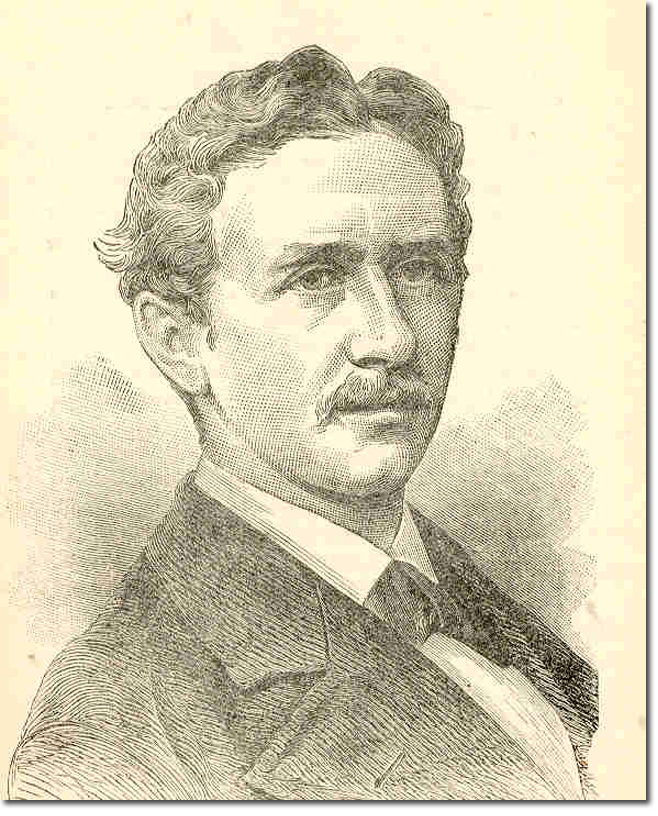|
|


|
|
Mackay's fascination in missionary life led to his determining to go as a missionary to Madagascar, and he began to study the Malagasy language. In April 1875 he was an unsuccessful candidate for the Church Missionary Society's post of lay superintendent for a settlement of liberated slaves near Mombasa. When H. M. Stanley, the explorer, in a letter to the Daily Telegraph, challenged Christendom to send missionaries to Uganda, Mackay offered his services to the Church Missionary Society (CMS) in its proposed mission to Victoria Nyanza. The offer was accepted on 26 January 1876
On 27 April 1876 Mackay and four other missionaries set sail from Southampton. After arriving at Zanzibar on 30 May he remained at the coast to engineer a road to Mpwapwa, and reached Uganda only in November 1878. There he remained for most of the time until his death in 1890. His knowledge of practical mechanics was of immense service to the kings of Buganda in making flag masts and lead coffins, and in mending guns as well as maintaining boats and presses for the CMS. With King Mutesa he formed a friendly alliance until a reaction by traditional cult leaders cut off most of his ties with the court. Thereafter he concentrated on translating Bible portions and teaching individuals at the CMS compound. Before his access to court circles was curtailed, in 1879 Mackay had started to attract younger courtiers to protestant Christianity by his debates with Simeon Lourdel, one of the first Roman Catholic missionaries to Buganda. He had also attracted others through his engineering expertise. After the death of Mutesa in October 1884, the new king, Mwanga, at first encouraged both CMS missionaries and the White Fathers in their work. But then his attitude seemed to change: the new CMS leader, Bishop James Hannington, was murdered on his orders in neighbouring Busoga. In June 1886 thirty-two protestant converts and thirteen Catholic readers, among others, were slaughtered by royal edict. Mwanga was driven from his throne in September 1888 by a palace coup engineered by Muslim and Christian courtiers, but by this time Mackay had been banished to the southern end of Lake Victoria for more than a year. Mwanga's successor, Kiwewa, regarded the Christians as well as the Muslims with suspicion. Kiwewa was ousted by the Muslims and then Mwanga was reinstated by the Christians (he had become a Christian himself in the interval). On 4 February 1890, just before the Christian Buganda triumphed, Mackay caught malarial fever. Four days later he died at Usambiro, on 8 February 1890; he was buried there, the last survivor of the little band that set out for Uganda in 1876, and was reburied at Namirembe, Uganda, outside the Anglican cathedral, in 1927.‘During the whole period of nearly fourteen years’, the minutes of the committee of the CMS for 22 April 1890 record, Mackay ‘never once left the shores of Africa, and for the great part of that time he was in Uganda itself.’ Mackay was at times a difficult man to work with. He quarrelled constantly with his fellow CMS missionaries as well as with the Catholic priests. He ignored repeated instructions made by the CMS committee in Britain to abandon Buganda, and he never returned to Zanzibar to defend himself for shooting one of his coastal porters in the foot. He was a stubborn man. Yet he is remembered in Uganda as one of the most successful propagators of Christianity there in the late Nineteenth Century. Image courtesy of Uganda Mission Guide |
Armed Forces | Art and Culture | Articles | Biographies | Colonies | Discussion | Glossary | Home | Library | Links | Map Room | Sources and Media | Science and Technology | Search | Student Zone | Timelines | TV and Film